#vincent sterling
Text

Halloween (2022) with Jude and Vincent!
#artdust#original character#ocs#oc#original characters#jude#judith shire#vincent sterling#digital art#artists on tumblr#halloween#uploading older art because I didn't draw anything this year
6 notes
·
View notes
Text
Vincent Sterling

Vincent Sterling provide the following consultancy services:
Business Transformation, Digital Transformation, Consultancy, Project Management, Business Analysis, Insurance, Agile, Tenders,
RFI, RFP, Stakeholder Management, Exec Management
www.vincentsterling.co.uk
www.vincentsterling.com
2 notes
·
View notes
Text
Vincent Sterling Consutling

For the SEO footers can we change the wording to:
Vincent Sterling provide the following consultancy services:
Business Transformation, Digital Transformation, Consultancy, Project Management, Business Analysis, Insurance, Agile, Tenders,
RFI, RFP, Stakeholder Management, Exec Management
www.vincentsterling.co.uk
www.vincentsterling.com
www.vincentsterling.co.uk
www.vincentsterling.com
www.vincentsterling.co.uk
www.vincentsterling.com
www.vincentsterling.co.uk
www.vincentsterling.com
www.vincentsterling.co.uk
www.vincentsterling.com
www.vincentsterling.co.uk
www.vincentsterling.com
1 note
·
View note
Text
Vincent Sterling Consulting

Vincent Sterling provide the following consultancy services:
Business Transformation, Digital Transformation, Consultancy, Project Management, Business Analysis, Insurance, Agile, Tenders,
RFI, RFP, Stakeholder Management, Exec Management
www.vincentsterling.co.uk
www.vincentsterling.com
1 note
·
View note
Text
Welcome to my blog. My current pookies F/O's include:
The Milkman:
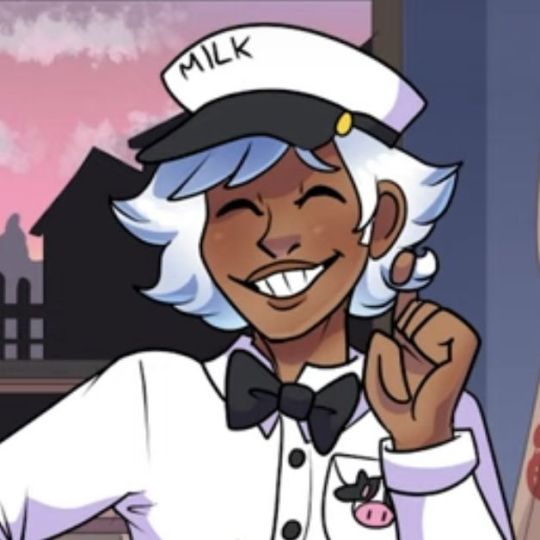
The Milkman:

"I Can't Believe it's not The Milkman!":

And finally...
Pale Twink Gordon Ramsay:

#tentador leches#tnmn#thats not my neighbor#that's not my neighbor#dead plate#koolie sterling#tnmn milkman#thats not my neighbour milkman#francis mosses#dead plate vincent#vincent charbonneau#Tfw all my fictional crushes are from relatively niche media
411 notes
·
View notes
Text
I’ve been listening to Baby Bugs on Spotify recently and I feel like the song ‘Autotheist’ really fits Vox.
Contemplating making some actual art for it. Not sure if I will. Somebody definitely should, though! Here’s some screenshots from the show that I feel match the vibes of the song.


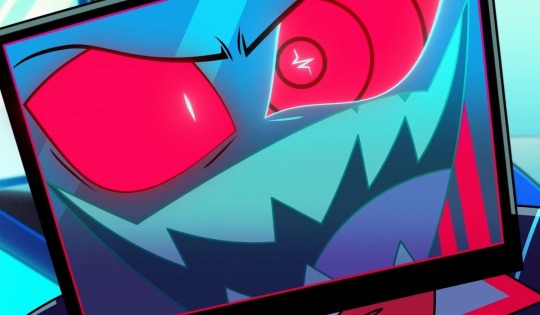







I also feel like if it were an animatic, it’d shift between when he first arrived in hell with his Box head to his present day self, or something close. I imagine him having a mental breakdown towards the end of the song, seeing him killing people with his mechanical aspects and full demon form (at least, the versions ive seen from the fandom) throughout the song. Also, this entire thing would specifically be about if he were a TV evangelist when he was alive and took on that job when he first arrived in hell. Obviously he shifts focus to more technologically centered goals and career, but those parts of him remain.
But that’s just what I picture for the song. Anyway.
Lyrics:
Dear god up in heaven
Are you glad I learned my lesson?
I'm not making any promises
That it'll end any time soon
And dear god up in heaven
How do I fucking get in?
You tried to make me scared of hell
But I'm living there, I'm living there
And if I was god, I'd kill the people who believe in me
And if I was god, I'd make everybody bow to me
And who says that I'm not a god?
I am god to me
And if I was god, I'd make you all believe in me
Dear god up in heaven
You saved my soul, held me for ransom
You said my life was yours, and I tried so fucking hard
And dear god up in heaven
Who do you really let in?
I pray that it's not me
I'd rather die than be with you
And if I was god, I'd kill the people who believe in me
And if I was god, I'd make everybody bow to me
And who says that I'm not a god?
I am god to me
And if I was god, I'd make you all believe in me
You are not my god
You sent all of these people after me
You are not my god
You kept me from feeling anything
And who says you're a god at all?
God is only me
And when I become god, I promise you'll believe in me
#hazbin hotel#hazbin hotel vox#hazbin vox#vox#vox hazbin#vox hazbin hotel#vox concepts#vox headcanons#his name would be Vincent Sterling if I ever wrote about him as a human#hazbin brainrot#hazbin hotel brainrot
31 notes
·
View notes
Text


#masters of the air#motaedit#hbowaredit#jean achten#vincent mota#jean x vincent#this won't get many notes but let's appreciate their sterling work keeping people alive (selectively)#edit#**
24 notes
·
View notes
Text
Vincent Price - Night Gallery; Return of the Sorcerer
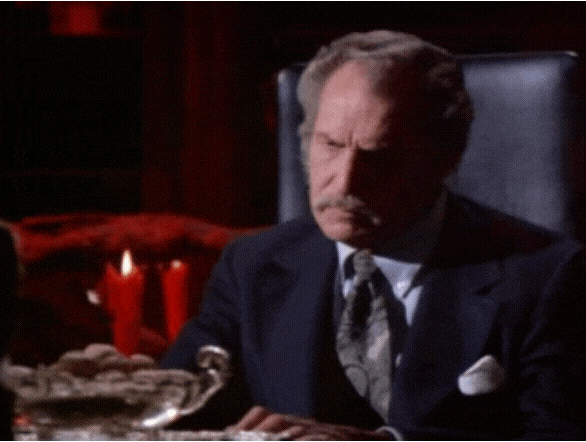
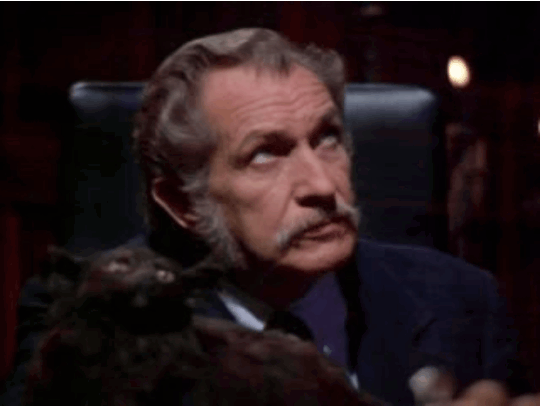

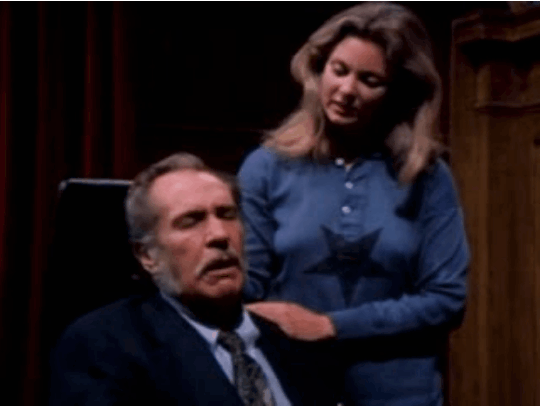




#vincent price#night gallery#rod sterling#anthology#horror#tv show#tv#show#horror tv#old horror movies#vintage#movie#actor#gif#gifs made by me#gif set#handsome#sexy grandpa#fuck#sorcerer#devil#magic
66 notes
·
View notes
Text
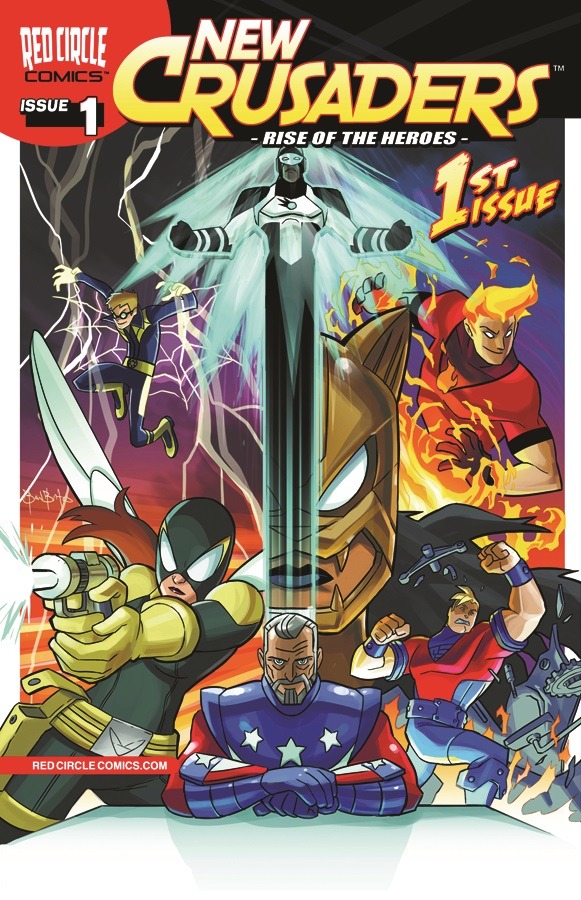


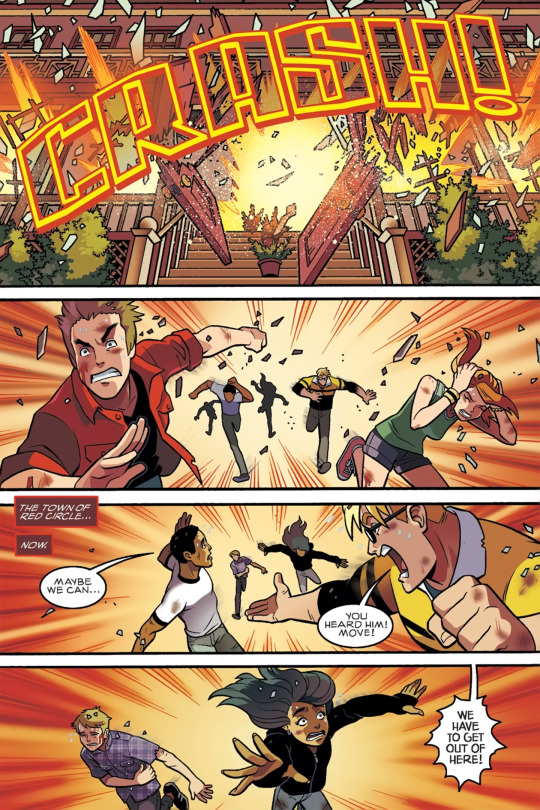

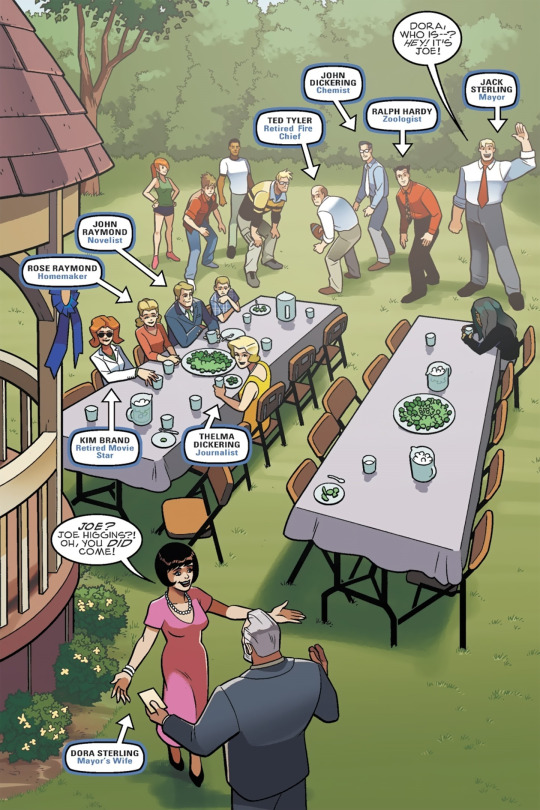


New Crusaders: Rise of the Heroes #1: Ashes to Ashes (Part 1): Reunions
Cover Credits
Regular Cover Art: Ben Bates
Variant Cover Pencils/Inks: Ryan Jampole
Variant Cover Colors: Matt Herms
Blue Ribbon Comics Hero Variant Cover Art: Ben Bates
Story Credits
Writer: Ian Flynn
Pencils: Ben Bates
Inks: Gary Martin
Colors: Matt Herms
Letters: John Workman
Editorial Team
Editor/Line Editor: Paul Kaminski
Assistant Editor: Vincent Lovallo
RED CIRCLE Braintrust: Ian Flynn, Paul Kaminski, Alex Segura, & Mike Pellerito
#Red Circle Comics#Archie Comics#Mighty Crusaders#New Crusaders#The Shield#The Comet#Fireball#Fly-Girl#Jaguar#Steel Sterling#The Web#Ben Bates#Ryan Jampole#Matt Herms#Ian Flynn#Gary Martin#John Workman#Paul Kaminski#Vincent Lovallo#Alex Segura#Mike Pellerito#2012#Archie Sonic Contributors#IDW Sonic Contributors
12 notes
·
View notes
Text


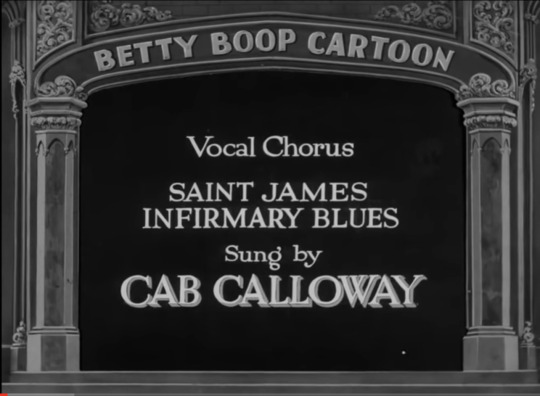




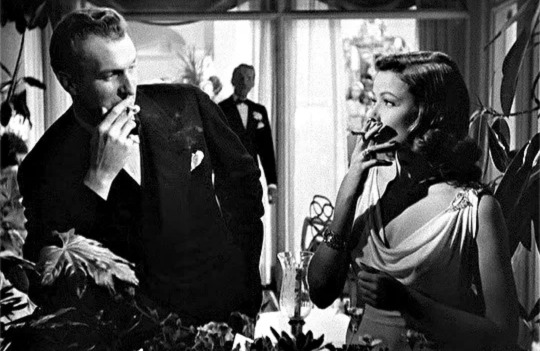


long suffering had nearly annihilated all my ordinary powers of mind. I was an imbecile—an idiot.
#edgar allan poe#pit and the pendulum#twilight zone#aesthetic#art#love#movie aesthetic#quote#rod sterling#cab calloway#vincent price
4 notes
·
View notes
Text
listening to my favourite oc song while thinking favourite oc thoughts. life is simple but good
#the song is son of god btw and the oc is my new york accent gorgon bard-rogue vincent 'vinny' sterling 🥰🥰#he is my pride and joy#dnd#oc posting#ocs
8 notes
·
View notes
Text
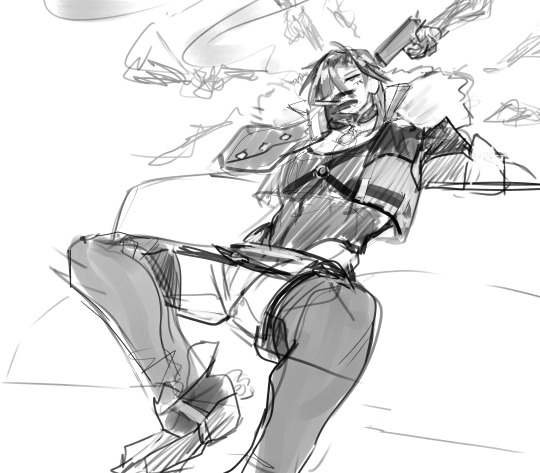
Loaded
#artdust#sketches#scribbles#star children#original character#vincent sterling#tw cigarettes#tw gun#tw guns#vent#possible anxiety inducing#anxiety#probably not gonna refine this but it turned out cool so I'm posting it#i wasn't sure how to tag this i hope its okay
6 notes
·
View notes
Text

13 notes
·
View notes
Text
13 ottobre … ricordiamo …
13 ottobre … ricordiamo …
#semprevivineiricordi #nomidaricordare #personaggiimportanti #perfettamentechic
2019: Paco Fabrini, attore italiano. (n. 1973)
2019: Hideo Azuma, fumettista giapponese, conosciuto in Italia per essere l’autore dei manga Pollon e Nanako SOS. (n. 1950)
2016: Tonino Valerii, è stato un regista e sceneggiatore italiano. (n. 1934)
2016: Dario Fo, Dario Luigi Angelo Fo, è stato un drammaturgo, attore, regista, scrittore, autore, illustratore, pittore, scenografo e attivista…

View On WordPress
#13 ottobre#Barbara Kent#Clelia Matania#Clifton Webb#Dario Fo#Dario Luigi Angelo Fo#Ed Sullivan#Edward Vincent Sullivan#Elena Seracini Vitiello#Ford Sterling#Francesca Bertini#George Ford Stich#Guillaume Depardieu#Henry Irving#Hideo Azuma#Jackie Condon#Jean Peters#John Michael Condon#Joyce Compton#Laura Lee#LeRoy Franklin Mason#LeRoy Mason#Morti 13 ottobre#Nils Anton Alfhild Asther#Nils Asther#Paco Fabrini#Ricordando ..#Ricordiamo#Tonino Valerii
0 notes
Text



How was Felix's case going? Not good. Their current tactics in exploiting the scammers were not enough for the court. From their sources, the Sterling-Ricos had hacked into the bank organisation to steal Felix's money. Apparently, the bank had a request to fortify their system security from any tech company and since Isaac was a certified ethical hacker, he secured the job before anyone else! Through this method, he also found concrete evidence to end the scammers! He looked up after learning of the new data...

"I found something." All his new findings were enough for legal proceedings on their half, but there was also evidence concerning corruption or money laundering schemes...meaning the Sterling-Rico family could be connected to something bigger.

"Let's transfer this over to detectives, it's not something of our scope," Vincent thought. "Good job Isaac, I'm glad you spotted this."

With Isaac as his right-hand man, Vincent believes they could take on anything. "Anyway, where'd you learn how to hack?" he was curious. "Oh, I took some cybersecurity classes during law school. More hard work and now here I am, eyes as sharp as an eagle," Isaac joked around with his nickname back then. Vincent laughed and sat down, "Lucky you're on our side with that!"

Isaac took off his glasses and chuckled, "Heh, they don't call me Eagle Eyes for nothing."
#ts4#sims 4#ts4 gameplay#ts4 legacy#postcard legacy#postcard gen 3#vincent kingsley#isaac kingsley#pam thawatchai#i just noticed isaacs wearing eyeliner lmao#isaac wearing glasses something i wanted to see 😏 so attractive#vincents old office was a bit beige so i gave it a new makeover!!#and hell yeah they finally got that evidence for court and now to win!#the amount of research im doing for story 😂 like im researching law/detective stuff making things kind of accurate#but its sims doesnt have to be 100% realistic so making own twists#also i feel i can be more descriptive like this instead of writing dialogue in the pics! love using both methods for dialogue
81 notes
·
View notes
Text
The [...] British quest for Tahitian breadfruit and the subsequent mutiny on the Bounty have produced a remarkable narrative legacy [...]. William Bligh’s first attempt to transport the Tahitian breadfruit [from the South Pacific] to the Caribbean slave colonies in 1789 resulted in a well-known mutiny orchestrated by his first mate [...]. [T]he British government [...] successfully transplanted the tree to their slave colonies four years later. [...] [There was a] colonial mania for [...] the breadfruit, [...] [marked by] the British determination to transplant over three thousand of these Tahitian food trees to the Caribbean plantations to "feed the slaves." [...]
Tracing the routes of the breadfruit from the Pacific to the Caribbean, [...] [shows] an effort initiated, coordinated, and financially compensated by Caribbean slave owners [...]. [During] decades worth of lobbying from the West Indian planters for this specific starchy fruit [...] planters [wanted] to avert a growing critique of slavery through a "benevolent" and "humanitarian" use of colonial science [...]. The era of the breadfruit’s transplantation was marked by a number of revolutions in agriculture (the sugar revolution), ideology (the humanitarian revolution), and anticolonialism (the [...] Haitian revolutions) [as well as the American and French revolutions]. [...] By the end of Joseph Banks’ tenure [as a botanist and de facto leader] at the Kew Botanical Gardens [royal gardens in London] (1821), he had personally supervised the introduction of over 7,000 new food and economic plants. [...] Banks produced an idyllic image of the breadfruit [...] [when he had personally visited Tahiti while part of Captain Cook's earlier voyage] in 1769 [...].
---
[I]n the wake of multiple revolutions [...], [breadfruit] was also seen as a panacea for a Caribbean plantation context in which slave, maroon, and indigenous insurrections and revolts in St Vincent and Jamaica were creating considerable anxiety for British planters. [...]
Interestingly, the two islands that were characterized by ongoing revolt were repeatedly solicited as the primary sites of the royal botanical gardens [...]. In 1772, when St Vincentian planters first started lobbying Joseph Banks for the breadfruit, the British militia was engaged in lengthy battle with the island’s Caribs. [...] By 1776, months after one of the largest slave revolts recorded in Jamaica, the Royal Society [administered by Joseph Banks, its president] offered a bounty of 50 pounds sterling to anyone who would transfer the breadfruit to the West Indies. [...] [A]nd planters wrote fearfully that if they were not able to supply food, the slaves would “cut their throats.” It’s widely documented that of all the plantation Americas, Jamaica experienced the most extensive slave revolts [...]. An extensive militia had to be imported and the ports were closed. [...]
By seeking to maintain the plantation hierarchy by importing one tree for the diet of slaves, Caribbean planters sought to delay the swelling tide of revolution that would transform Saint Domingue [Haiti] in the next few years. Like the Royal Society of Science and Arts of Cap François on the eve the Haitian revolution, colonists mistakenly felt they could solve the “political equation of the revolution […] with rational, scientific inquiry.” [...]
---
When the trees arrived in Jamaica in 1793, the local paper reported almost gleefully that “in less than 20 years, the chief article of sustenance for our negroes will be entirely changed.” […] One the one hand, the transplantation of breadfruit represented the planters’ attempt to adopt a “humanitarian” defense against the growing tide of abolitionist and slave revolt. In an age of revolution, [they wanted to appear] to provide bread (and “bread kind”) [...]. This was a point not to be missed by the coordinator of the transplantation, Sir Joseph Banks. In a letter written while the Bounty was being fitted for its initial journey, he summarized how the empire would benefit from new circuits of botanical exchange:
Ceres was deified for introducing wheat among a barbarous people. Surely, then, the natives of the two Great Continents, who, in the prosecution of this excellent work, will mutually receive from each other numerous products of the earth as valuable as wheat, will look up with veneration the monarch […] & the minister who carried into execution, a plan [of such] benefits.
Like giving bread to the poor, Banks articulated this intertropical trade in terms of “exalted benevolence,” an opportunity to facilitate exchange between the peoples of the global south that placed them in subservience to a deified colonial center of global power. […]
---
Bligh had no direct participation in the [slave] trade, but his uncle, Duncan Campbell (who helped commission the breadfruit journey), was a Jamaican plantation owner and had employed Bligh on multiple merchant ships in the Caribbean. Campbell was also deeply involved, with Joseph Banks, in transporting British convicts to the colonies of Australia. In fact Banks’ original plan for the breadfruit voyage was to drop off convicts in (the significantly named) Botany Bay, and then proceed to Tahiti for the breadfruit. Campbell owned a series of politically untenable prison hulks on the Thames which he emptied by shipping his human chattel to the Pacific. Banks helped coordinate these early settlements [...] to encourage white Australian domesticization.
The commodification and rationalist dispersal of plants and human
convicts, slaves, the impoverished, women, and other unwilling participants in global transplantation is a rarely told narrative root of colonial “Bounty.”
---
All text above: Elizabeth DeLoughrey. “Globalizing the Routes of Breadfruit and Other Bounties”. Journal of Colonialism and Colonial History Volume 8, Number 3, Winter 2007. [Bold emphasis and some paragraph breaks/contractions added by me. Presented here for commentary, teaching, criticism purposes.]
#incredible story of ecology violence hubris landscape cruelty interconnectivity and rebellion#ecology#multispecies#abolition#colonial#imperial#landscape#caribbean#indigenous
39 notes
·
View notes